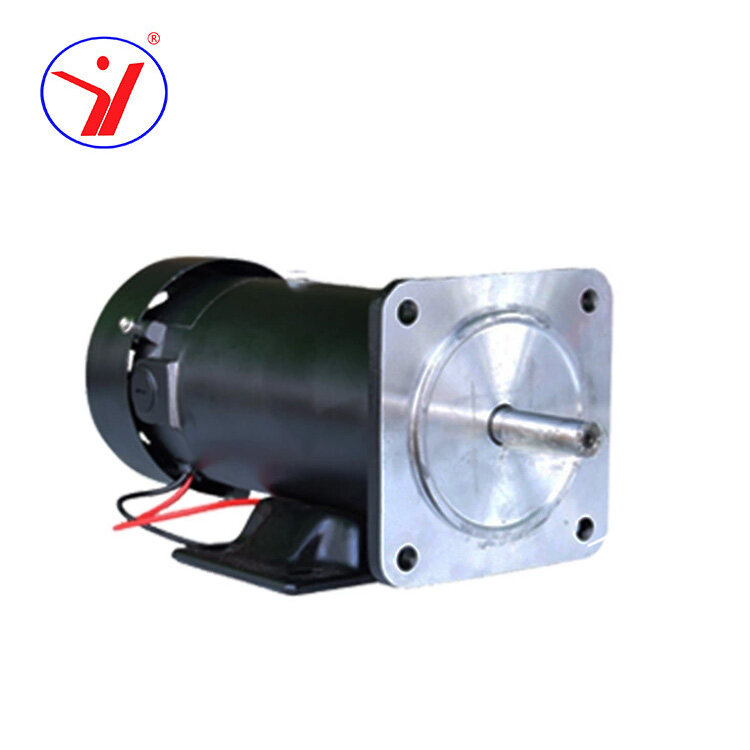An In-Depth Look at 10kW Permanent Magnet Generators
I. Introduction
In the realm of sustainable energy, the 10 kW permanent magnet generator stands out as a promising solution. This compact and efficient generator harnesses the principles of permanent magnets to generate electrical power. Let's delve into the fundamental aspects of this technology and explore the advantages and disadvantages that come with it.
II. Basic Principles of Permanent Magnet Generators
A. Exploring the Fundamental Principles
The magic behind the 10 kW permanent magnet generator lies in the ingenious application of permanent magnets. Unlike traditional generators, these machines leverage the magnetic properties of rare earth elements to produce electricity. The synergy between magnetic fields and motion creates a sustainable and eco-friendly source of power.
B. The Role of Permanent Magnets
In this context, the term "permanent magnet" plays a crucial role. These magnets maintain their magnetism over time, ensuring a consistent and reliable power generation process. This aspect distinguishes permanent magnet generators from other conventional methods, making them a focal point in renewable energy discussions.
III. Advantages and Disadvantages of Permanent Magnet Generators
A. Leveraging Advantages
1. High Efficiency: The 10kW permanent magnet generator boasts impressive efficiency, delivering a high power output relative to its size.
2. Compact Design: Its compact nature allows for versatile deployment, making it suitable for various applications.
3. Low Maintenance Requirements: With fewer moving parts, maintenance becomes a breeze, reducing operational costs.
B. Navigating Disadvantages
1. Initial Cost: The initial investment in a 10 kW permanent magnet generator may pose a challenge for some, but the long-term benefits often outweigh the upfront expenses.
2. Limited Scalability: While efficient at 10 kW, scalability might be restricted, requiring careful consideration in larger power projects.
3. Dependency on Rare Earth Magnets: The reliance on rare earth magnets raises concerns about resource availability and environmental impact.

IV. Analysis of Using a 10kW Permanent Magnet Generator
A. Capitalizing on Advantages
1. 10kW Capacity Benefits: The 10kW variant caters to specific energy needs, making it an ideal fit for smaller-scale applications.
2. Energy Efficiency at Scale: The generator's design optimally balances energy production, ensuring efficiency even at the 10 kW level.
B. Addressing Challenges
1. Constraints in Practical Applications: Real-world scenarios may present challenges unique to the 10 kW permanent magnet generator, necessitating adaptability in diverse environments.
2. Potential Hurdles: Identifying and overcoming challenges in implementation is crucial for maximizing the benefits of this generator.
V. Comparison with Other Generator Types
A. Contrasting with Traditional Generators
1. Design and Operation Differences: Unlike traditional generators, the 10kW permanent magnet generator operates with a streamlined design, minimizing energy losses in the process.
2. Efficiency Comparisons: Comparing efficiency metrics highlights the advantages of permanent magnet generators in terms of energy conversion.
B. Benchmarking Against Renewable Alternatives
1. Advantages Relative to Other Sustainable Options: The 10kW permanent magnet generator's benefits become apparent when compared to alternative renewable energy sources, offering a unique set of advantages in specific scenarios.
VI. Conclusion
In conclusion, the 10 kW permanent magnet generator emerges as a frontrunner in the realm of sustainable energy generation. Its unique blend of efficiency, compact design, and adaptability make it a promising contender for various applications. As we continue our quest for cleaner energy solutions, the 10 kW permanent magnet generator paves the way for a greener and more sustainable future.


